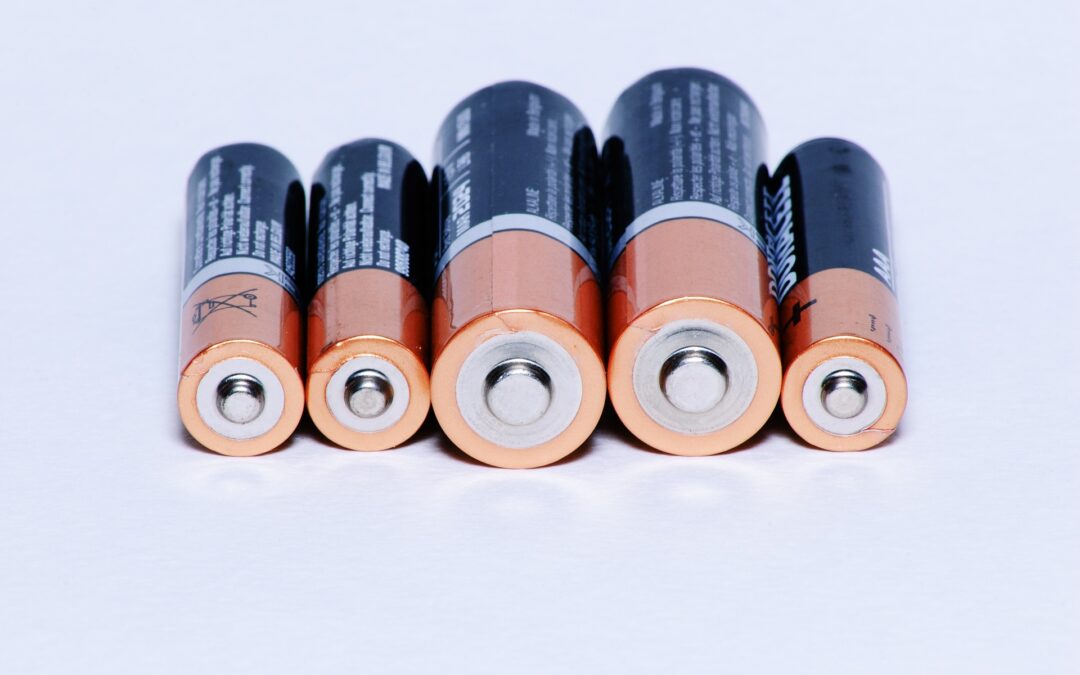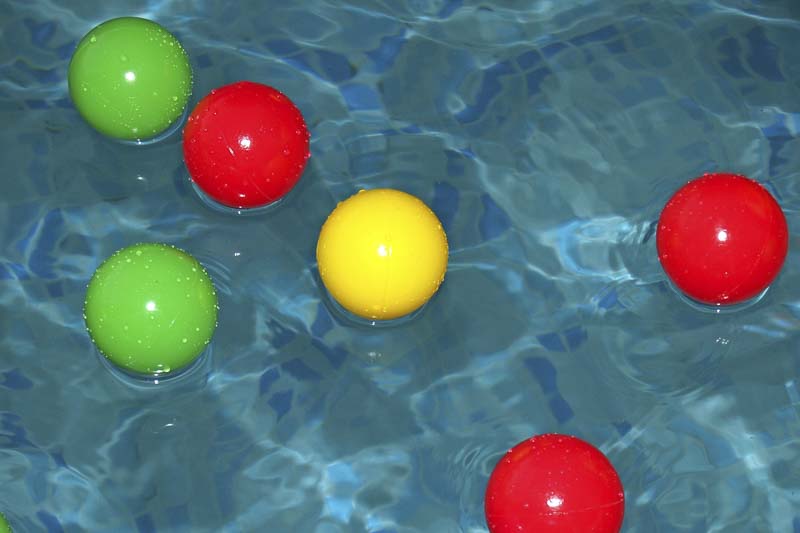What types of magnets exist in the world?
First, a definition. Magnets are solid objects that attract iron or steel. Magnets do this by a phenomenon called magnetism, in which they generate a force that extends into a (magnetic) field (i.e., the area around the magnet).
A magnet may have the ability to do this naturally, such as lodestone, or it may acquire the ability when combined with other elements (e.g., samarium cobalt).
Types of Magnets
The three types of magnets are temporary, permanent, and electromagnets.
Magnets are categorized by their source of magnetism.

Temporary magnets become magnetized in the presence of a magnetic field. They lose their magnetism gradually, when the magnetic field is removed. Some irons and iron alloys, as well as paper clips and nails, function as temporary magnets.
Permanent magnets do not easily lose their magnetism. These magnets may be naturally-occurring (“rare-earth”) elements, or chemical compounds.
Permanent magnet examples include Alnico (an alloy of aluminum, nickel, and cobalt) and ferrites (ceramic-like material made from a mix of iron oxides with nickel, strontium, or cobalt).
Electromagnets are created by running an electrical current through a coil with a metal core. The energized coil creates a magnetic field. When the current is shut off, the magnetic field disappears.
Electromagnets are preferred for applications that require strength including rail road tracks, motor engines, MRI machines, and cranes. They’re also used in computer and television hardware.

Magnets in Experiments
Permanent magnets are commonly made from ceramic, alnico, and neodymium. Ceramic magnets are strong, and work well for most experiments. Alnico magnets are stronger and more expensive, and work very well for science experiments. Neodymium magnets are the strongest and most expensive of the three.





